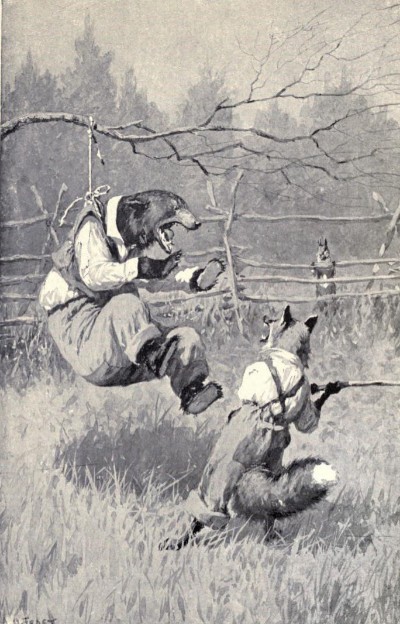flynnibus
Premium Member
Yes, I think you’re right. I am fascinated by the idea that in themed, immersive storytelling, show scenes need to reliably tell a story as a whole. And this might actually require show scenes that don't hold up to linear, scene-by-scene scrutiny. It seems to me this was a strength of what they did with Splash Mountain.
Because Splash wasn't a book/film report–but rather a "new" story using component pieces based on the original animated portions of the film, I wonder if Imagineers inadvertently introduced a new problem: guests who were familiar with the tales as told in the films projecting those same stories onto this new, composite version, which was trying to do something slightly different (and less associated with the story told in the films).
I think the construct is more common than you may realize. You mention the 'book report' format where we get an abbreviated snapshot version through a film.. but there are other formats that build upon 'familiar concepts' or stories without feeling the need to lay it all out like a prep-from-zero film or take the person through a traditional story arc with protagonists, conflict, resolution, etc.
Can you from memory list out the linear plot or project the Winnie the Pooh rides are based on?
The haunted mansion is another key example that has story and theme - but not a linear plot like a traditional film.
Jungle Cruise is another... These attractions setup a construct and take you through an experience that relies on concepts, predisposed ideas, or topics the guest brings in with them. The riverboat is another twist on this.. where it tried to use history and setting as the connecting theme rather than a finite story... because the experience, not the story really is the big takeaway on the riverboat. The scenes are more to create placemaking in time and setting than they are meant to be the attraction themselves.
In all of these examples we can say the story is still important... but in all of them what part of "story" they use and we refer to is different and has a different application.
So many people get hooked on Disney, get exposed to Disney methods and principals like story.. and then fall into the trap of convincing themselves that this successful example is how it must be done.. and apply it verbatim as a test to everything else. Or take certain things too literal vs understanding the example is to show how a tool achieves a result. They mistakeningly think that you necessarily must use the same tool, in the same way, every time -- instead of focusing on the objective and why that objective was important.
"Back story" is a great example of this. Now everyone has a hard-on for everything needing a backstory and adherence to it. The point of a backstory is to help build cohesiveness in flushing out a concept. It's something that help provides a litmus test to see how concepts fit together or not and if your tale can be digestible. When exposed properly it can help guide the consumer through the journey and give more connecting tissue without necessarily having to call it all out literally... because ideas often convey certain assumptions without having to spell it all out. Typhoon Lagoon is a great example of this where exposed properly to the user, it helps them buy into and fill in all these gaps in comprehension they may otherwise have.
I think the irony of Splash is given its incredible length... we're still talking about how they shortcut the actual laying out of the premise and characters. IMO it shows how the focus was not on hammering home the plot, but more about atmosphere, the experience, and throwbacks... and assumes you brought in some of the folk tales with you. They have all this time in the attraction, including basically dead-air time outside and they use very little of it on setup of characters/story. Same with the queue.. very minimal setup done.
You do find that in most attractions.. they know they have you for such a short amount of time and you are hit with so much.. that they don't try to get too complex on the premise.
Contrast that with say.. Expedition Everest... which REALLY uses the queue to stage all the premise of the ride. It takes this idea of the abominal snowman that maybe people have crossed.. and now forms it into this mystical yeti and an identity and premise you experience on the ride itself.
Splash I think takes people on a detour because the scenes like the laughing place and snare trap lose a lot of their context if you aren't familiar with the prior folk tales.


